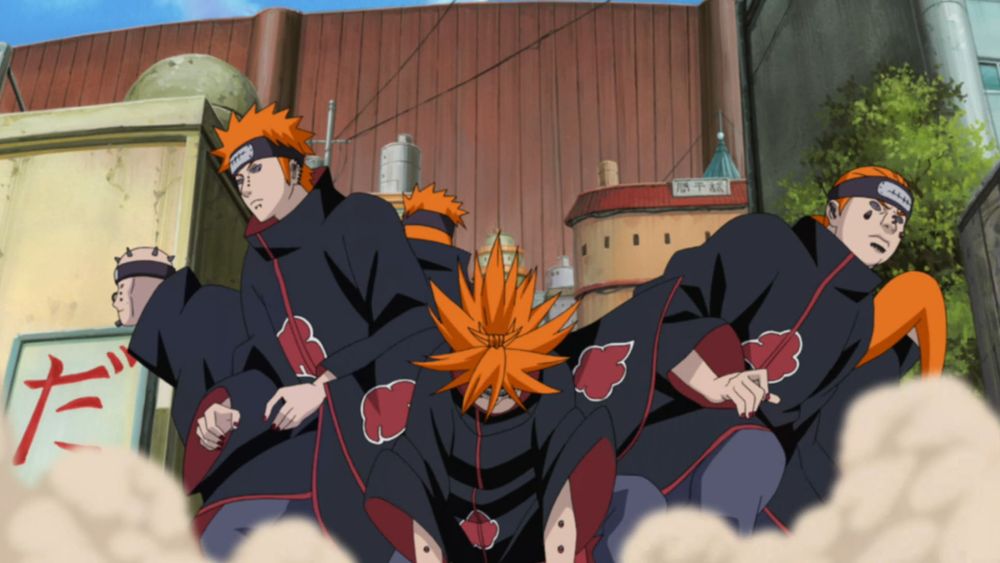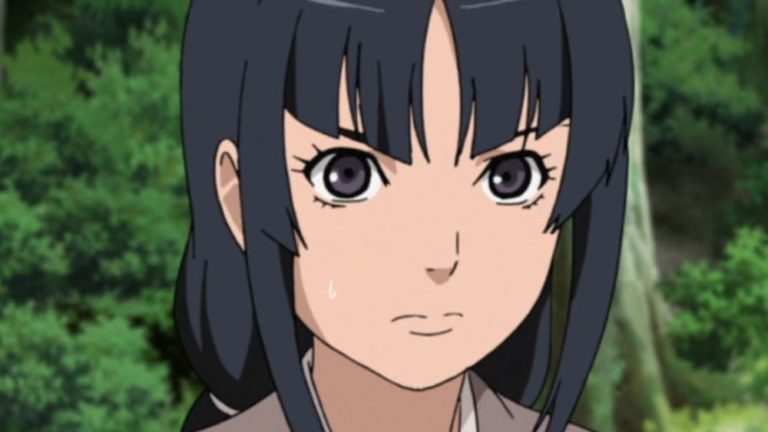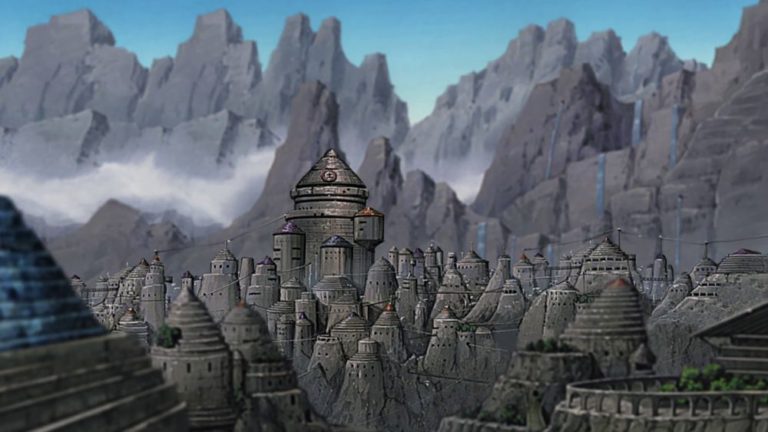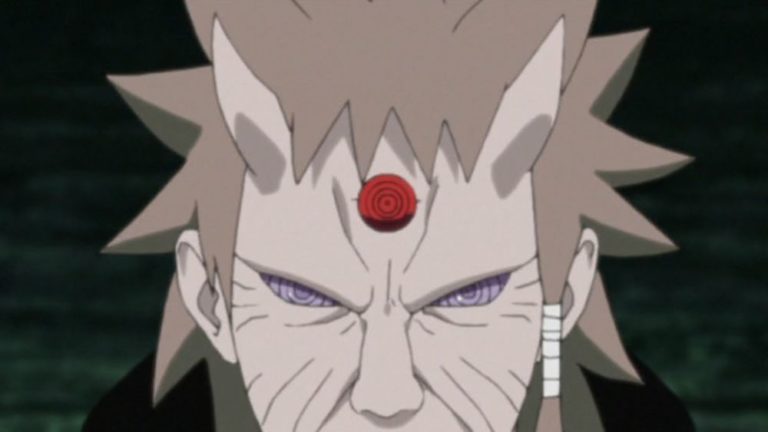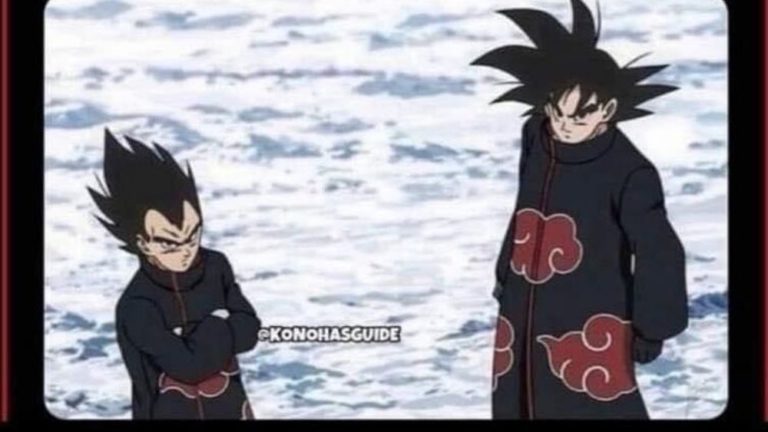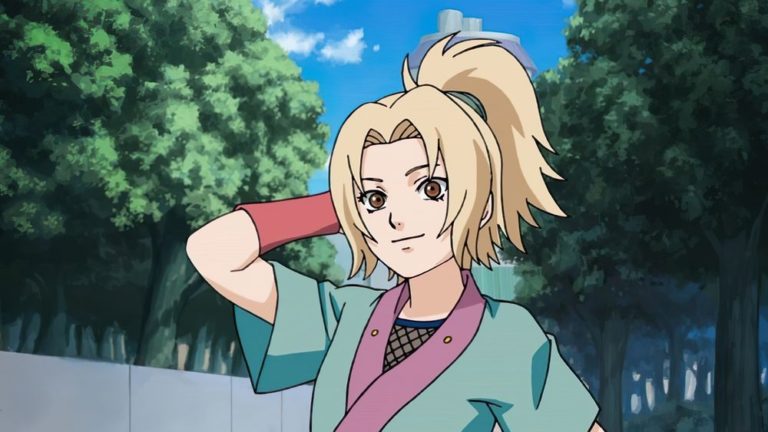Naruto Pain: Exploring The Intriguing Journey Of Nagato
Naruto Pain: Exploring The Intriguing Journey Of Nagato
Naruto fans, brace yourselves as we dive deep into the enigmatic world of Naruto Pain – a saga that resonates with fans for its complexity and raw emotion. OMG, do you remember the chills when Nagato, aka Pain, declared his intention to bring peace through suffering? It was one roller coaster of a storyline that had us glued to our screens, week after week!
Nagato’s journey from an innocent war refugee to the fearsome leader of Akatsuki is nothing short of epic. As we peel back the layers of Naruto Pain, we’ll explore not just the heart-wrenching backstory of Nagato but also how a vision for peace can be so profoundly misunderstood. And let’s not forget about that mind-blowing showdown between Naruto and Pain, which had everything – from dramatic revelations to fist-pumping action scenes!
Long-time enthusiasts and newbies alike, get ready to rumble through the peaks and valleys of emotions and ideals with Naruto’s pain. Whether it’s your first encounter with Nagato’s philosophy or a nostalgic trip down the streets of Konoha, there’s something in here for everyone. Join me as we connect the dots through Pain’s formidable powers, the Akatsuki’s shadowy maneuvers, and the ever-evolving shinobi world. This exploration is bound to leave us all with tears, cheers, and a whole lot of theories!
The Genesis of Pain: Nagato’s Origin Story
The origin of Naruto Pain is a tale steeped in tragedy and wrapped in the cruel realities of the ninja world. Nagato’s journey to becoming Pain, the mastermind behind Akatsuki, is as intricate as it is heartbreaking. His past lays the groundwork for understanding the motivations behind his actions and sets the stage for one of the most compelling narratives in the anime universe.
Unveiling Nagato’s Background
Born into war and chaos, Nagato’s early life was anything but ordinary. Orphaned at a young age during a battle in the Hidden Rain Village, Nagato’s story begins with loss and anguish. Encountering fellow orphans Konan and Yahiko, they formed a bond as they struggled to survive in a world torn apart by conflict.
Fate intervened when they met the legendary Sannin, Jiraiya, who recognized Nagato’s potential and decided to train the trio in the ways of the ninja. This period of relative peace and learning was Nagato’s first encounter with hope, nurturing a deep desire within him to end the incessant conflict and bring about a change in the ninja world. But little did he know, his destiny was to be anything but peaceful.
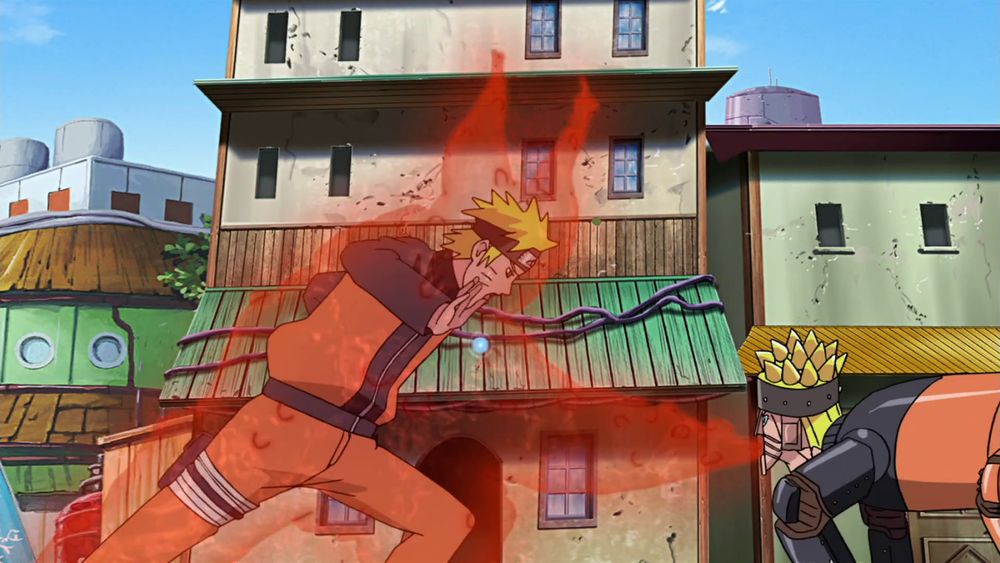
Nagato’s early life of loss and anguish transformed into a deep desire to end conflict and bring about change in the ninja world.
The Transformation into Pain
Nagato’s innocence began to erode following Yahiko’s death, a turning point that led him down the path of becoming Pain. Embracing the name and transforming grief into power, he soon became a symbol of fear and authority within the ninja world. This metamorphosis was not only physical, as the Rinnegan manifested, but also in his ideals and methods.
Inspired by his lost friend’s dreams yet drastically deviating from them, Nagato’s version of peace became rooted in the notion that only through great suffering can true understanding and therefore peace be achieved. Adopting the Six Paths persona, Pain was born – a name synonymous with his vision of inflicting anguish to ultimately save the world from itself.
The Ideology and Philosophy of Pain
Nagato, as Pain, brought forth a controversial yet intriguing philosophy that questioned the foundations of the shinobi existence. The ideology of Naruto Pain shines a spotlight on the vicious cycle of hatred and posits a disturbing solution to break it. As we unpack these ideals, we encounter a layered debate between moral relativism and the pursuit of true peace.
Nagato’s Vision for Peace
Amid the turmoil and destruction, Nagato’s vision of peace was born from a genuine desire to end the world’s suffering. He believed firmly that people could never truly understand each other until they shared the same pain. Thus, his controversial approach:
- Force empathy through shared suffering
- Restrain conflict by wielding unquestionable power
These two pillars underpinned his dream of a united world where war was no longer necessary. In his eyes, peace achieved through Pain’s dominion would be enduring. However, these were the thoughts of a man who had lost everything to the same cycle of hatred he wished to exterminate.
The Role of Pain in the Ninja World
Pain’s role within the shinobi world was as polarizing as it was pivotal. Acting as a deterrent, Pain made nations rethink resorting to war, arguably promoting a form of begrudging peace through fear. His followers:
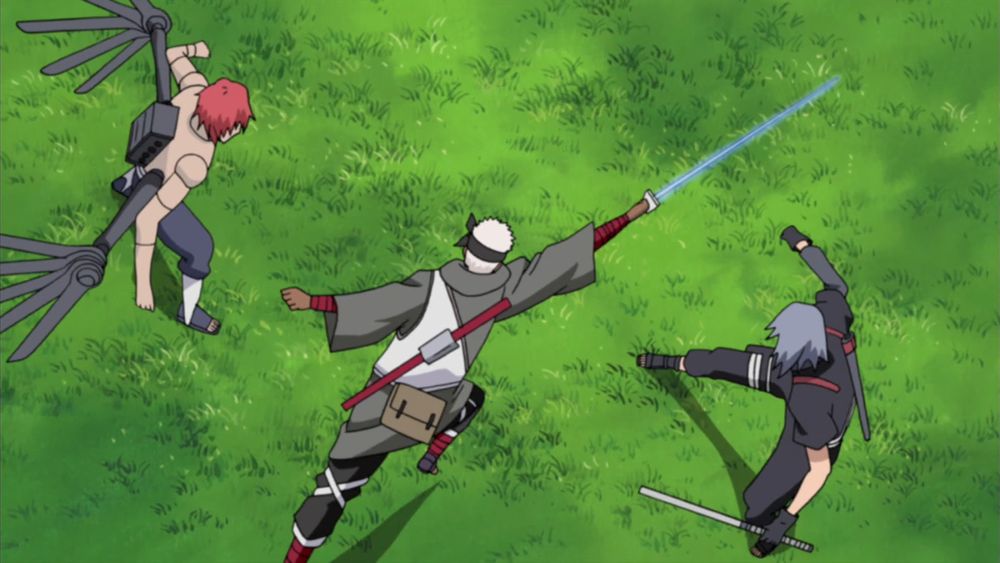
- Saw him as a savior, ending wars and offering a harsh yet clear path to peace.
- Opponents viewed him as a destroyer, enforcing his will through catastrophic means.
Regardless of perspective, Pain’s strategic exertion of his philosophy on the world stage changed the shinobi way of life, forcing a confrontation with age-old values, and sparking intense debate on the nature of conflict and resolution.
Pain’s Prowess and Abilities
The legendary prowess of Naruto Pain was not myth but reality, a daunting compilation of feats and skills that secured his status as one of the most formidable adversaries the Leaf Village ever faced. The sheer breadth of his abilities struck fear into the hearts of friends and foes alike, as his power seemed virtually unlimited.
Rinnegan: The Legendary Dojutsu
The Rinnegan, a legendary dojutsu revered across the ninja world, was Nagato’s most iconic attribute. Rumored to wield god-like abilities, it granted Pain:
- Vision of all things related to chakra.
- Mastery over all elemental ninjutsu.
Beyond its physical prowess, the Rinnegan symbolized the cyclical nature of the Naruto universe, manifesting in those destined to bring either great destruction or salvation. Pain used this power to control six separate bodies, the Six Paths of Pain, each brimming with unique abilities that supplemented his own.
Mastery of Ninjutsu and Summoning
Nagato’s mastery over ninjutsu and summoning was unparalleled, a true testament to the vast capacity of the Rinnegan. With proficiency in:
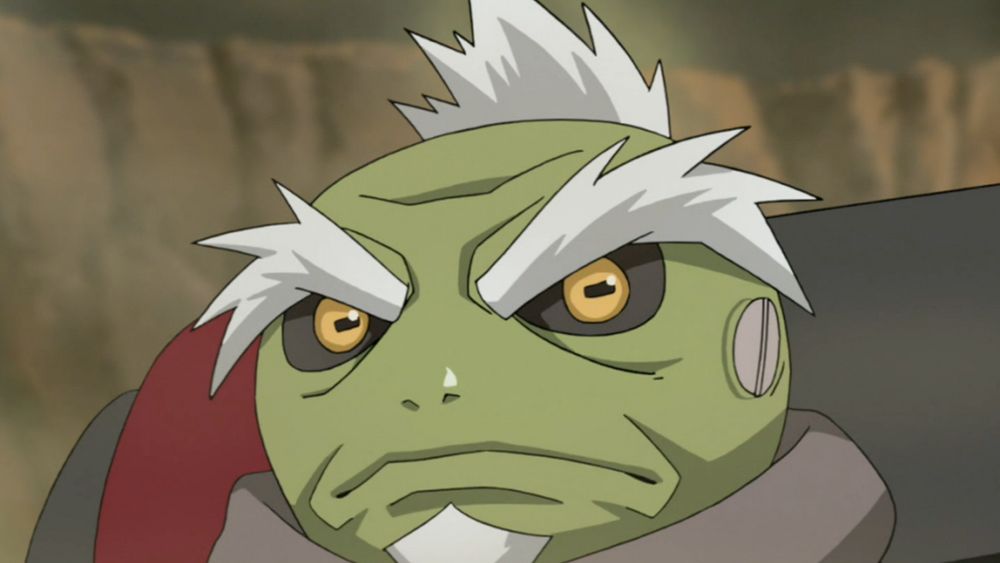
- Summons of staggering proportions and variety
- Almighty Push
- Universal Pull
Pain could dictate the pace of any battle, manipulating both foes and the terrain with ease. His strategic implementation of these abilities made him a tactical genius in combat, often leaving his opponents scrambling to find countermeasures against his domineering arsenal.
Nagato’s Rinnegan mastery allowed him to dominate battles with his unparalleled ninjutsu skills, summoning, and strategic implementation of Almighty Push and Universal Pull.
The Akatsuki’s Role in Nagato’s Journey
The shadowy Akatsuki organization wasn’t just a backdrop for the awe-inspiring saga of Naruto Pain but a pivotal force in carving the path of Nagato’s journey. From a beacon of hope for war-torn children to the fearsome leader of an infamous group, Nagato found in Akatsuki a vessel to channel his visions, however twisted they may have become. Let’s plunge into the abyss to uncover how Akatsuki shaped Nagato and how, under his steely guise as Pain, he steered this formidable ship.
Nagato’s Leadership and the Akatsuki’s Mission
Under Nagato’s leadership, the Akatsuki transcended from a chaotic cluster of S-ranked criminals to a monolithic structure with a terrifyingly clear objective. Nagato, or Pain as he was feared, orchestrated the group’s activities with the meticulous precision of a master tactician. His charismatic influence was undeniable, weaving together the egos and powers of the members into a single, destructive tapestry.
The mission was simple, yet monumental: to capture all Tailed Beasts and leverage their power to create a weapon of mass destruction. The aim? To thrust the ninja world into such despair that peace would have to follow. Nagato’s end justified his means, or so his narrative claimed. This totalitarian quest was built upon a philosophy that viewed the world through a lens of suffering a world that Pain deemed necessary to control through absolute power and fear.
Key Missions and the Hunt for the Tailed Beasts
As the Akatsuki’s leader, Nagato, disguised as Pain, sent out his subordinates on precarious, yet key missions to hunt down the Tailed Beasts. Each operation was a strategic play in a much larger scheme that required cunning, strength, and a cold indifference to the destruction left in their wake.
The hunt brought about clashes with fierce protectors and led to the dramatic abductions of the beasts’ hosts – the Jinchūriki. These encounters were not only thrilling but were pivotal moments that enriched the lore of the Naruto Pain series. Each mission brought them one step closer to a supposed peace, painting the world in shades of gray where morals clashed and ideologies warred.
The Epic Confrontation: Naruto vs. Pain
The climax of Nagato’s narrative, the iconic encounter between Naruto and Pain, was more than a mere battle; it was a confrontation of ideologies, a clash of spirit and will that had fans on the edge of their seats. When Naruto stood against the might of Naruto Pain, it was like the universe held its breath, for this was not just an epic battle of strength but a pivotal moment of realization and transformation for both characters.
The Assault on Konoha
The assault on Konoha by Pain sent shockwaves through the very fabric of the shinobi world. Buildings crumbled and hearts were gripped by fear as the sheer extent of Pain’s power was unveiled. Citizens and ninja alike fell before the might of the Akatsuki leader, as he marched through the village, undisputed, in his grim quest to find Naruto.
This destruction was not senseless; it was imbued with Pain’s own twisted brand of justice, a necessary cataclysm to break the cyclic chain of hatred within the ninja world. The iconic razing of the village stood as a testament to the lengths to which Pain was willing to go, a poignant reflection of his broken ideals and the desperation of a man who had lost everything to war.
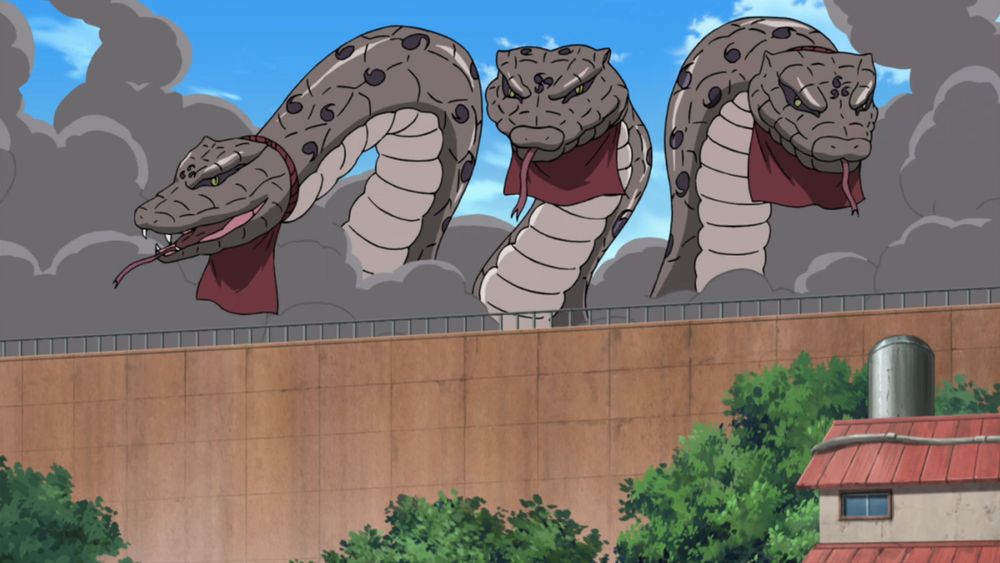
Naruto’s Growth and the Battle’s Climax
Through the debris and ruin of the once-vibrant Konoha, a beacon of hope emerged in the form of a young Naruto Uzumaki. The battle served as a crucible, forcing Naruto to dig deep and muster not just his physical strength, but his understanding of the shinobi world’s sorrow. At the climax of their battle, where every punch carried the weight of their convictions, Naruto proved that strength lay not in fear and control but in empathy and connection.
As much as it was about spectacular combat, the Naruto Pain face-off was a transformative journey for Naruto. Pain pushed him to evolve, to question his beliefs and emerge stronger and wiser. This was the moment Naruto transcended mere shinobi status, stepping onto the path of a true leader, one capable of understanding and shouldering the pains of all.
The Aftermath of Pain’s Assault
The ashes of Pain’s assault on Konoha settled to reveal a landscape of ruin, but also one of unexpected opportunity. This pivotal event in the Naruto Pain narrative arc catalyzed a moment of introspection, reconsideration, and ultimately, profound change within the characters that shaped the series.
Nagato’s Redemption
In the wake of devastation, Nagato’s moment of redemption shone like a lighthouse through the fog. Confronted by Naruto’s unwavering resolve and commitment to a path of peace without retaliation, Pain’s iron facade began to crumble. The idealistic boy who once dreamt of peace was reawakened within Nagato.
His final act, reviving those he had slain in Konoha, served as both atonement and an epitome of his complex character – this was a man torn between the abyss of despair and the faintest glimmer of hope. Nagato’s redemption was one of the Naruto Pain arc’s most powerful moments, a moving testament to the possibility of change and the enduring human capacity for forgiveness.
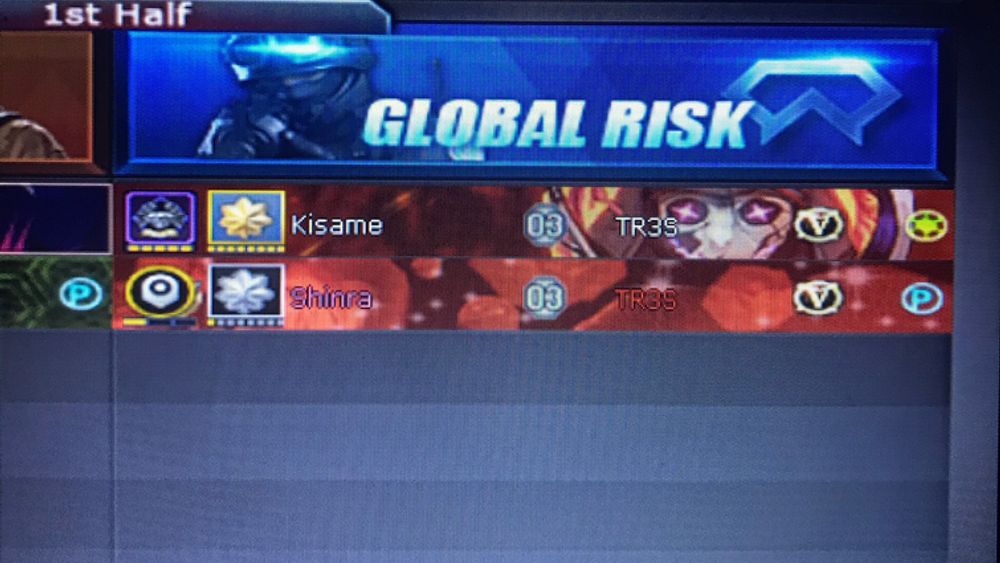
Nagato’s redemption was a powerful testament to the possibility of change and the enduring human capacity for forgiveness.
The Impact on Naruto and the Shinobi World
Nagato’s passing marked a new chapter not only for Naruto but for every soul in the shinobi world. The magnitude of Pain’s actions rippled across nations, forcing a reexamination of long-held animosities and the cycle of hatred that had dictated the lives of so many. Even within the sand-swept streets of Sunagakure and the misty ambiance of Kirigakure, the tremors were felt, ushering in talks of alliances and the possibility of collective peace.
In Naruto’s heart, the Naruto Pain confrontation left an indelible imprint; he absorbed the lessons of Pain’s life, galvanizing his determination to pursue a future without bloodshed. This experience fostered an unshakable bond among the members of Konoha and became a cornerstone of Naruto’s evolution into a true hero. The impact of Pain’s influence continued to echo throughout the series, serving as a sobering reminder that even the most sorrowful of characters can inspire the greatest of growth and unity.
Pain’s Legacy in the Naruto Series
Though Nagato, better known as Pain, may have left the mortal coil of the Naruto universe, his legacy reverberates like a shockwave through every subsequent arc. Naruto Pain isn’t just a character, he’s a symbol, an ideology that continues to challenge the hearts and minds of characters and fans alike. His existence ushered in a pivotal shift in the story, transforming not just the physical landscape of Konoha, but the philosophical foundations of the entire series. Pain’s arc is an emotional powerhouse that still resonates with themes of loss, pain, and redemption.
Influence on Subsequent Arcs
Pain’s influence in the Naruto world can be likened to the calm before a prodigious storm. His philosophy of understanding true pain as a route to peace left an indelible mark on the narrative, shaking the beliefs of key characters and forcing a confrontation with their own ideals. The Great Ninja War arc echoes with his sentiments, pitting hope against despair on a grand scale, challenging the very notion of shinobi existence.
Moreover, perhaps one of the most direct impacts Pain had was on Naruto himself. After their shattering encounter, Naruto transcends from a mere warrior to a beacon of hope, walking a path that seeks to end the cycle of hatred. His choices start to reflect a broader understanding of Pain’s ideology, striving for peace without repeating past mistakes.
As a legacy of Pain, we also see characters taking strides in self-reflection, querying their allegiances and the implications of power. The ripple effects of his actions are seen in decisions made by Tsunade concerning leadership, as well as the introspection of Sasuke, who vies between vengeance and redemption throughout the series.
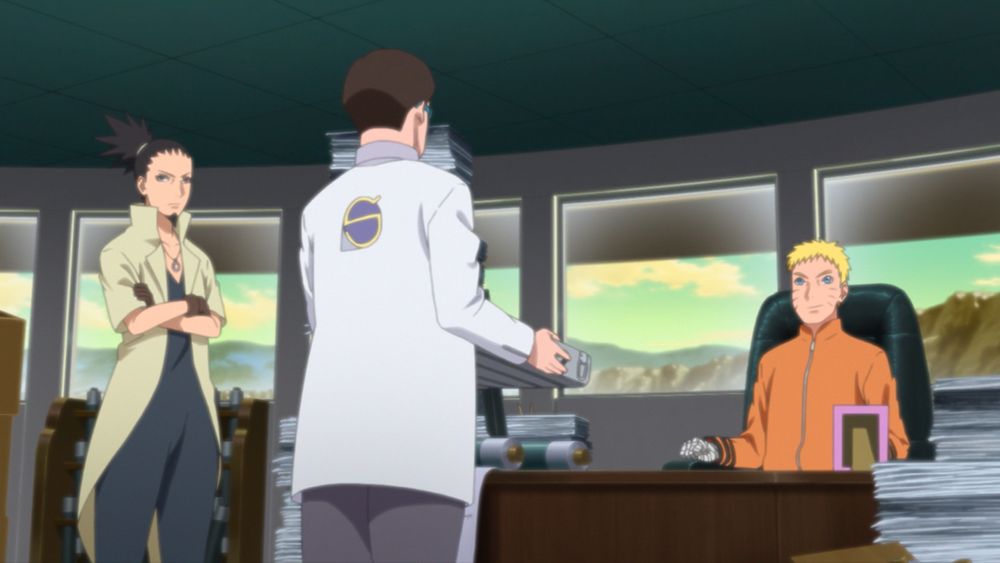
Pain’s Enduring Popularity and Cultural Impact
Even beyond the borders of the ninja world, the character of Naruto Pain has captivated fans’ imaginations and hearts. He’s often regarded as one of the franchise’s most compelling villains – or anti-heroes, depending on whom you ask. His depth and nuanced philosophy pose provocative questions about the nature of conflict and morality.
His cultural impact is evident in the way fans and critics alike discuss him in forums, social media, and even academic spaces. Pain’s narrative challenges the black-and-white portrayal of good versus evil, giving rise to extensive fan theories, debates, and appreciation. His Rinnegan, those gravitational orbs of sheer power, have become iconic in the anime world, synonymous with the potential for both massive destruction and meaningful change.
Anime conventions, cosplay events, and fan art overflow with tributes to Pain, illustrating just how deeply he has penetrated the zeitgeist. His image and the iconic “Shinra Tensei” scene have sparked countless memes and parodies that bring laughs and nods of recognition from the Naruto community.
FAQs
1. What is the significance of Pain’s philosophy in “Naruto”?
The significance of Pain’s philosophy in “Naruto” is profound as it challenges the series’ characters and viewers to reflect on the cycle of hatred and the cost of war. Nagato’s experiences and the resulting ideology push for a world where people understand and empathize with each other’s suffering in hopes of achieving real peace.
2. How did Naruto ultimately defeat Pain?
Naruto ultimately defeated Pain not merely through strength but by empathizing with his pain and presenting an alternative vision for the shinobi world. This clash of ideologies left a lasting impact on both characters and fans, highlighting the power of understanding and compassion over brute force.
3. What is the Rinnegan, and how does it relate to Pain’s abilities?
The Rinnegan is an exceedingly rare and powerful dojutsu and is central to Pain’s abilities. It grants the user a wide array of techniques, including the ability to control life and death, which Pain leveraged to orchestrate his bold plans and to become the leader of Akatsuki.
4. What was the outcome of Pain’s assault on Konoha?
The outcome of Pain’s assault on Konoha was catastrophic, resulting in vast destruction and loss of life. However, it also triggered a significant turning point in the story, laying the groundwork for Naruto’s evolution and spurring changes across the ninja world.
Conclusion
Naruto Pain’s journey from war orphan to the harbinger of devastation and ultimately, a catalyst for change, is nothing short of epic. It’s a storyline rich with complexity, tugging at the moral compass and leaving viewers questioning the very fabric of war and peace, right and wrong. His legacy within the Naruto series is immutable, ever-present in the characters’ growth and the story’s deepening layers.
Nagato’s philosophy transcends his life; it continues to shape the courses of ninjas and nations long after his death. His name, Pain, embodies not just his personal anguish but also a universal condition that he believed could unify the shinobi world under a banner of shared understanding – a daring notion, reflective of the series’ incessant quest for a harmonious future.
Yet, in a world continually torn apart by conflict, the memory of Naruto Pain stands as a somber reminder and an aspirational ideal, urging characters and fans alike to look beyond their immediate suffering and fight for a larger, more compassionate world.
OMG, just thinking about the journey we’ve traveled with Naruto and the philosophical roller coaster that is Pain, I feel a mix of heartache and awe! What a wild ride it’s been! Keep an eye out for my next heart-to-heart where we’ll dive into another whirlwind of anime feels. Until then, keep the spirit of Naruto and Nagato’s quest alive in your hearts, dear readers.
Keep dreaming, keep believing, and stay awesome!
With love, Alex
This article uses material from the Naruto wiki at Fandom and is licensed under the Creative Commons Attribution-Share Alike License.

